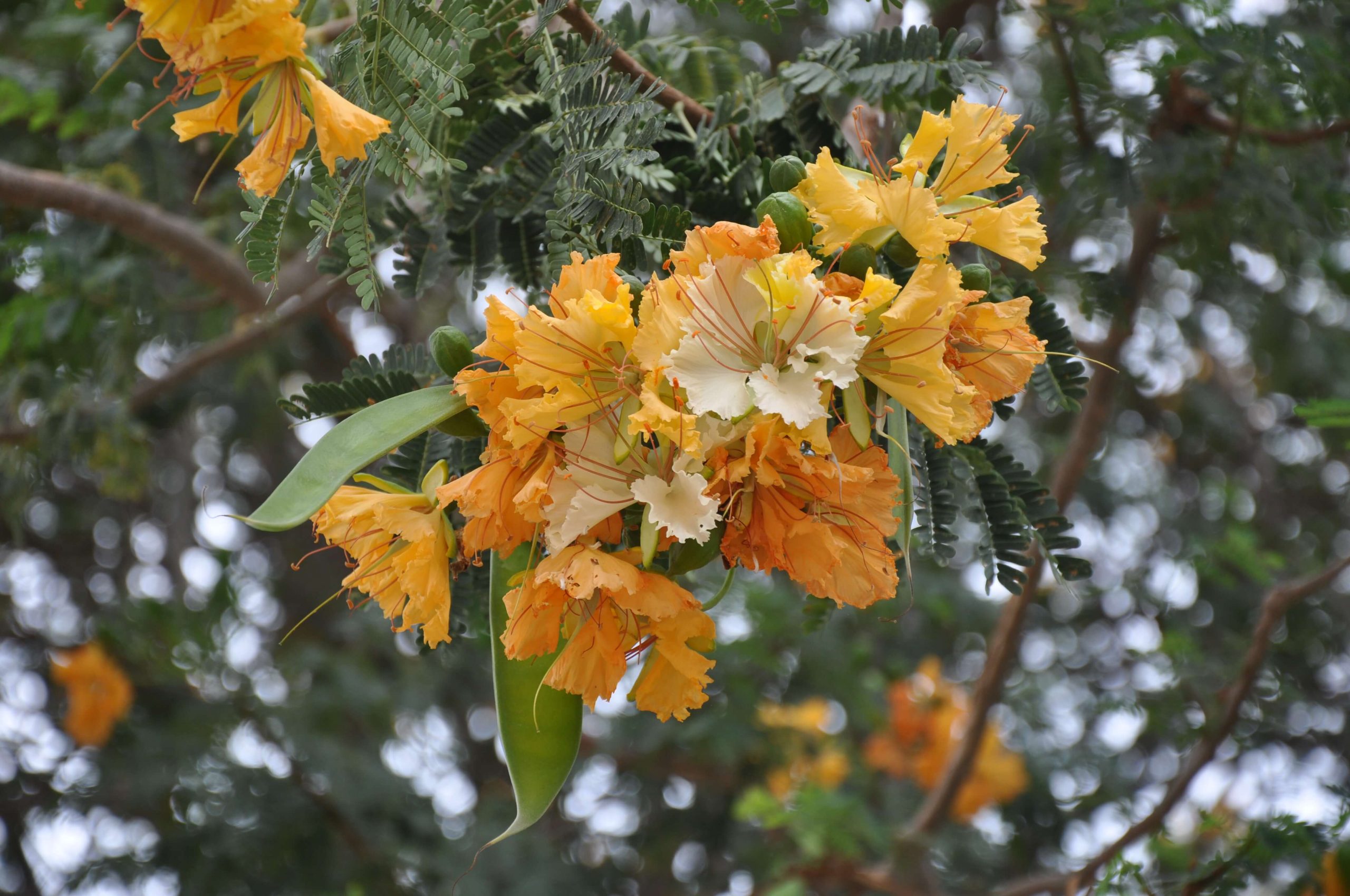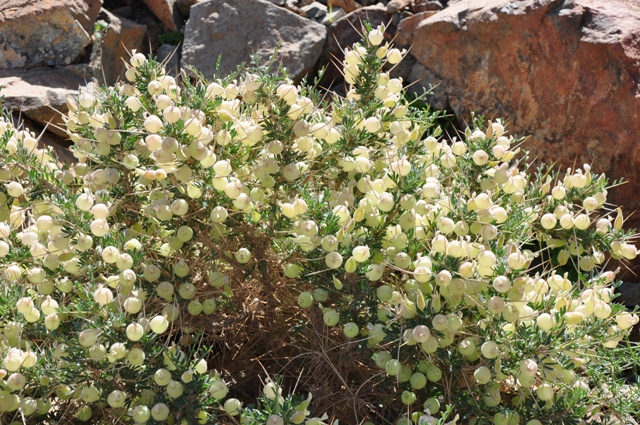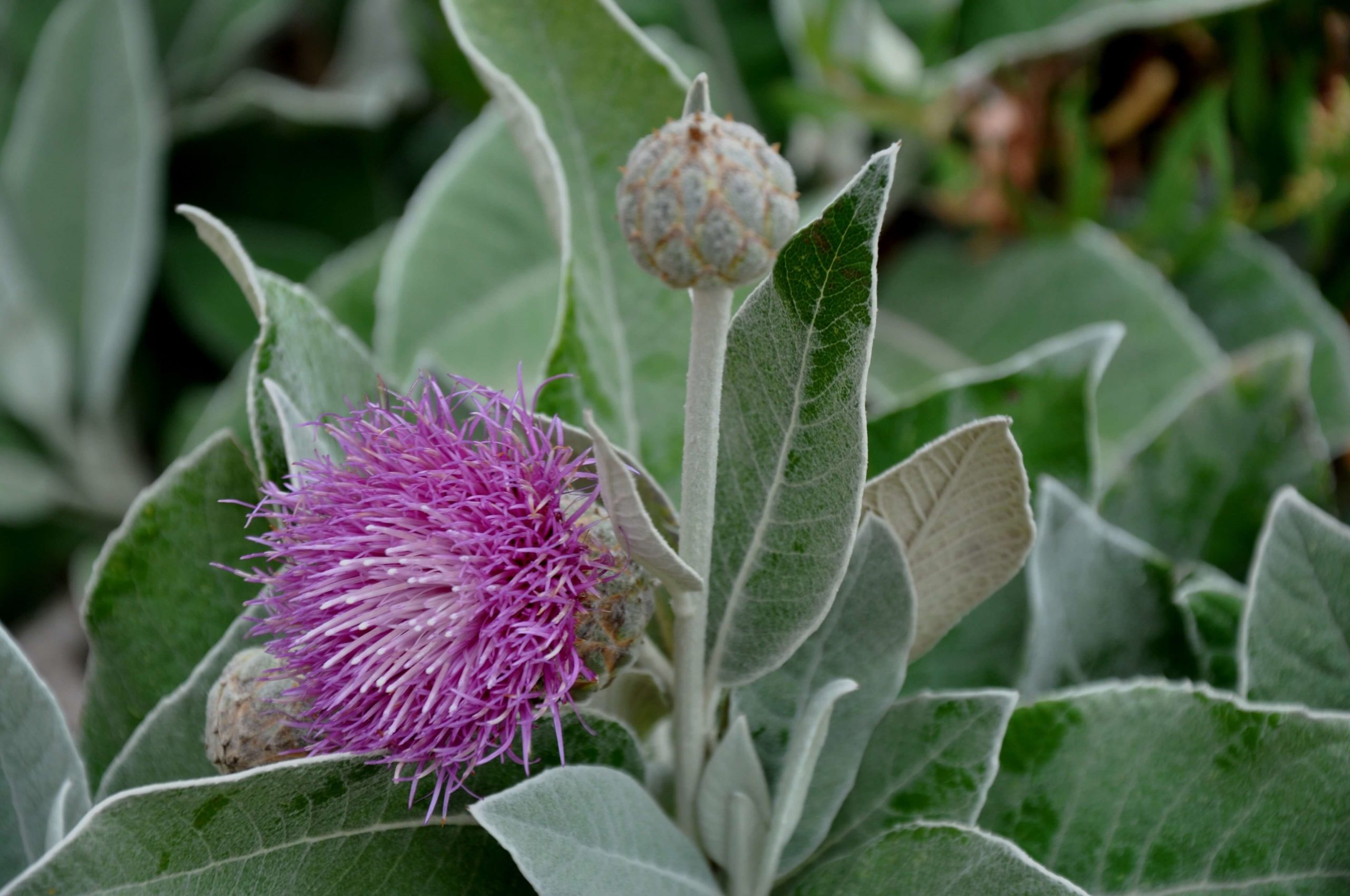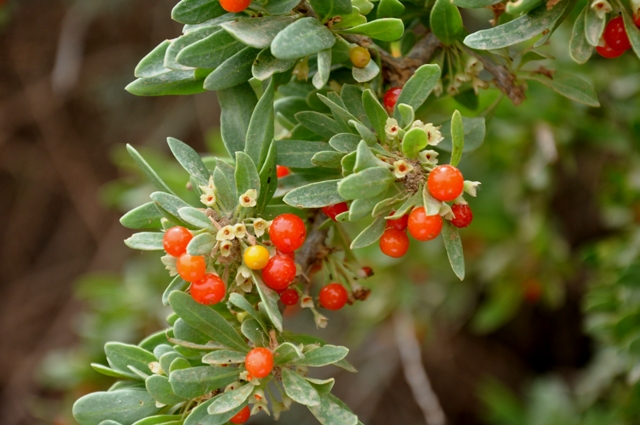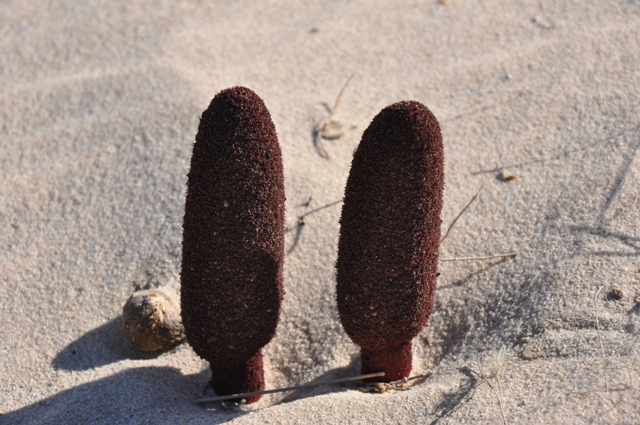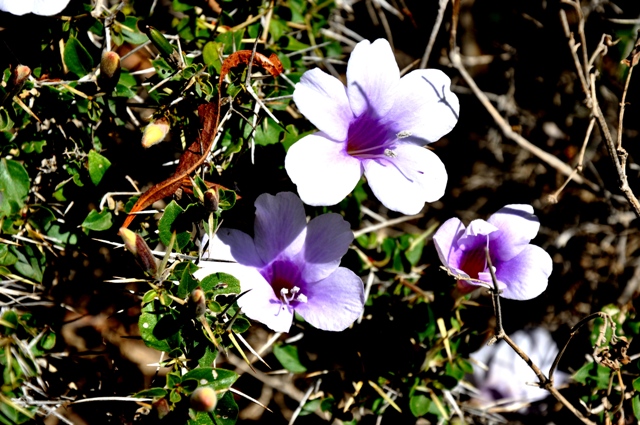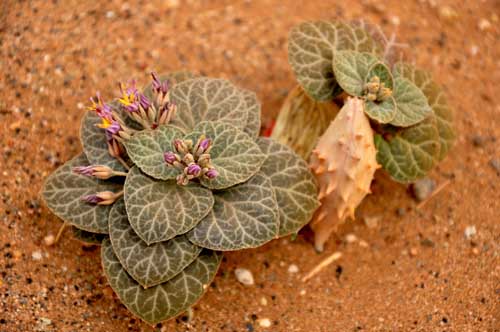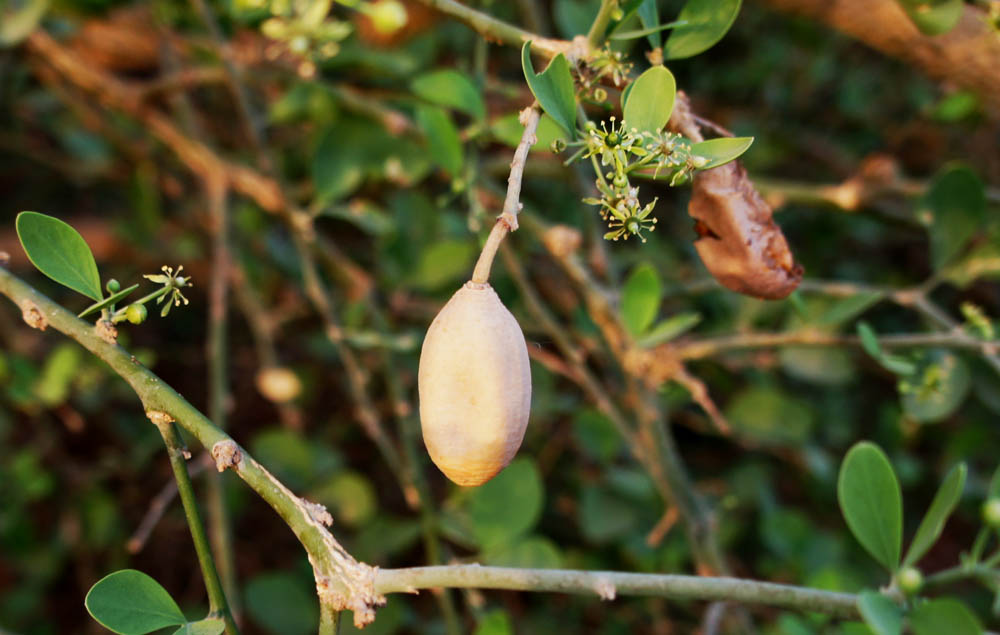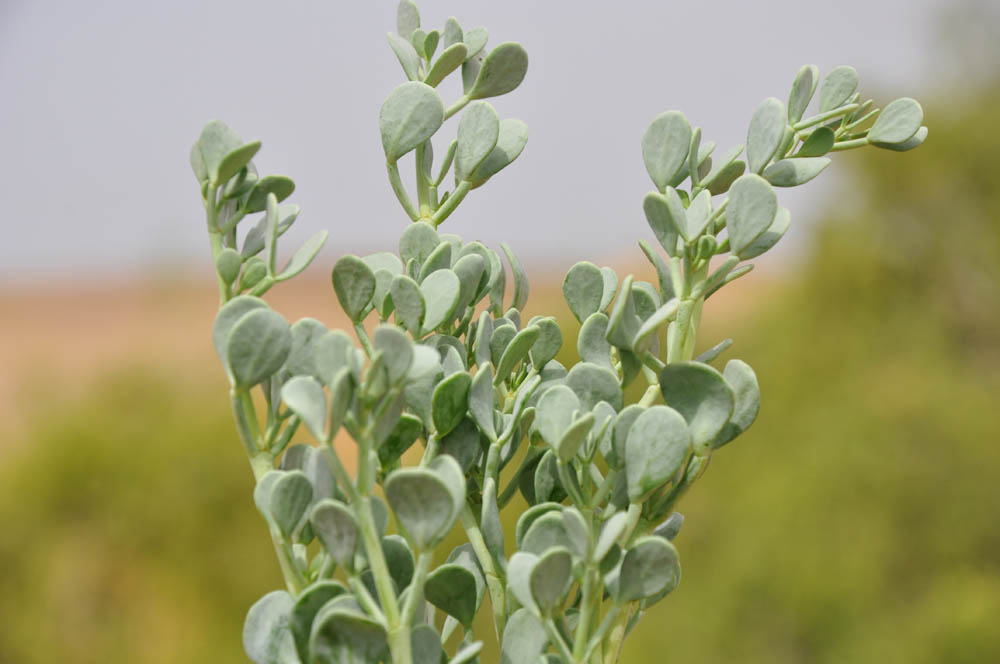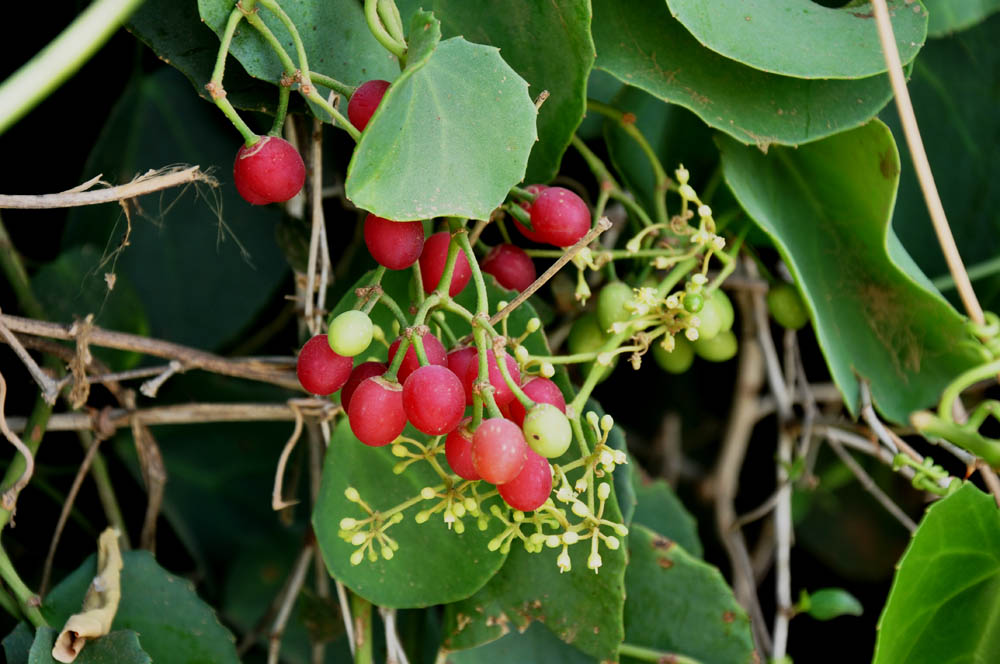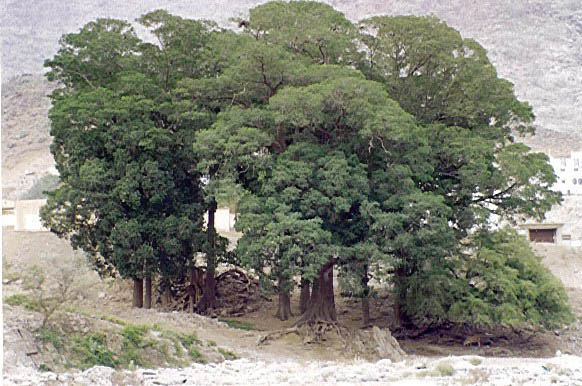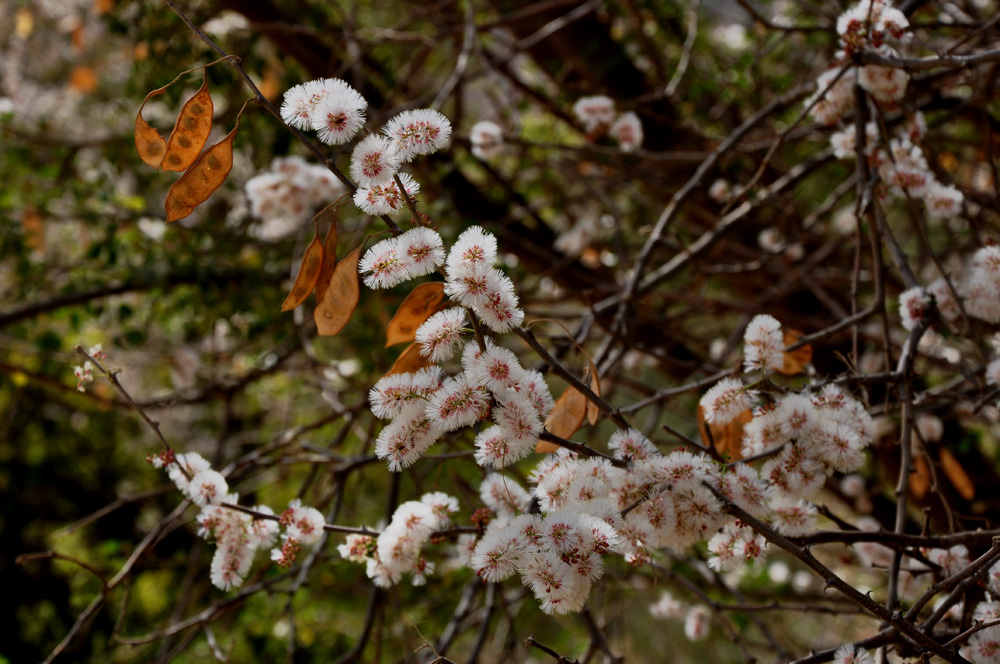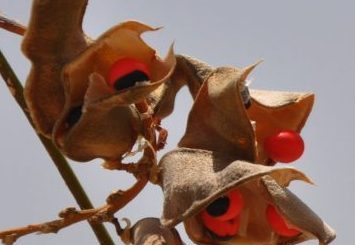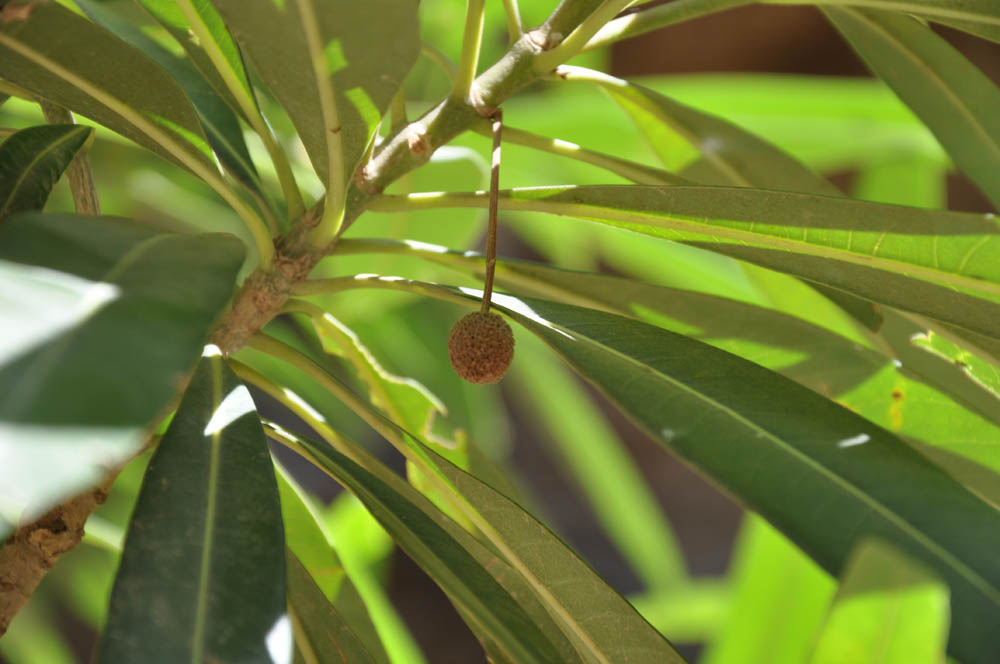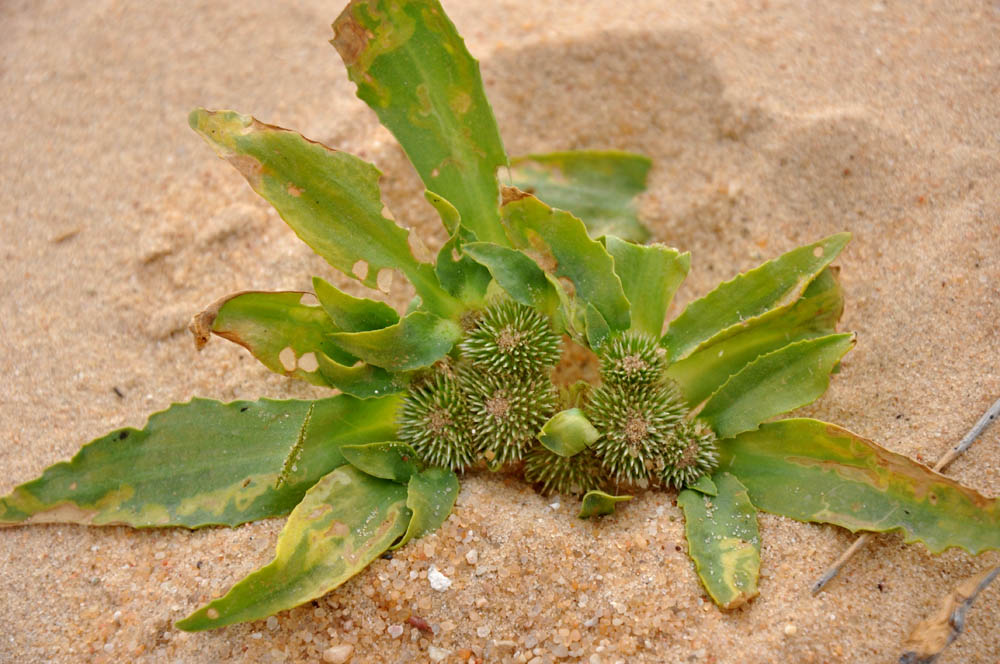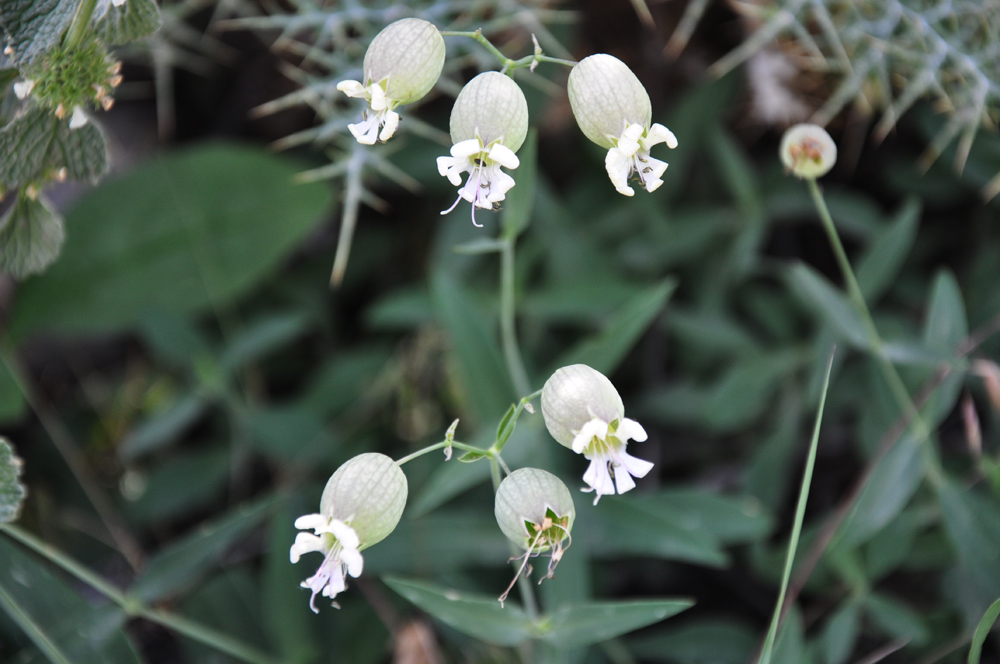Flora of Saudi Arabia
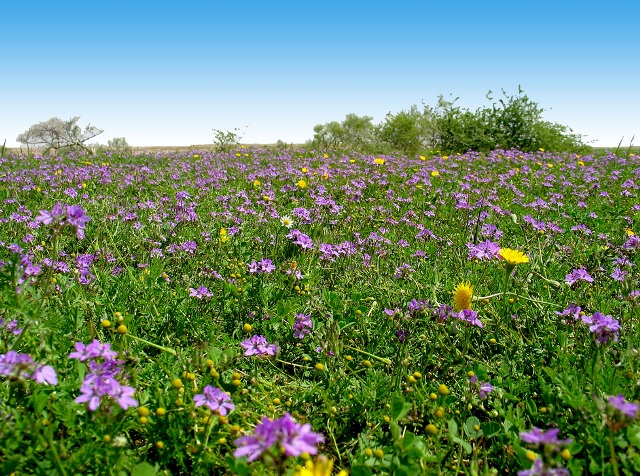
The components of the flora of Saudi Arabia are vital for various ecosystems and play a key role in maintaining the region’s environmental balance and stability. It also helps in the protection of watersheds, stabilization of slopes, improvement of soils, moderation of climate and the provision of a habitat for much of our wild fauna. Ever since the beginning of civilization, the association of man and plants are known well and the basic needs required for man such as food, clothing, fuel, shelter, medicine, etc were, to a certain extent, fulfilled by plants. Saudi Arabia contains one of the diverse floras of this region. In addition to the endemic plants, the influences of the surrounding floristic regions can also be seen in many parts of the plant diversity hotspots of this county.
The flora of Saudi Arabia has about 2288 species in 855 genera; of which 9 species are Gymnosperms and 29 species are Pteridophytes. A total of 137 families, including 12 families in Pteridophytes and 2 families in Gymnosperms have been reported from all over Saudi Arabia; among these 35 families are represented by a single species each. Although Saudi Arabia has significant number of wild plants, the number of species occurring in a square kilometer area is less significant, especially in areas such as in the Central, Eastern and Northern regions. The regions along the northwestern and southwestern regions, however, are densely vegetated and contain the highest number of species. Approximately 70% of the country’s floristic elements are reported from these areas. According to the present estimates, Saudi Arabia contains 97 (4.25%) trees, 565 (24.73%) shrubs and about 1620 (71.02%) herbs. Flora consists of all groups of plants such as mesophytes, xerophytes, halophytes, psammophytes, hydrophytes, parasites, neutrophiles and heliophytes.
Endemism in Saudi Arabia is relatively insignificant, in comparison with some of the neighbouring countries such as Yemen and Oman. Though the country hosts nearly 200 regional endemics, only about 2.5% of the total flora is strictly endemic to Saudi Arabia. The aquatic and parasitic flora of Saudi Arabia also contain significant number of species. Approximately 50 semi aquatic or aquatic plants and about 32 parasites have been reported, mostly from the southwestern region.
Trees and shrubs are important in preserving the ecosystem of any region, particularly in areas where the vegetation is rich. The number of tree species in Saudi Arabia is only 97, which is about 4.32% of the total floristic elements. Out of these, more than 80% are present in the southwestern and western regions, including Taif region. Among the tree genera, Acacia contains the highest number of species (c. 15 species) followed by Commiphora (11 species). Although tree species are widely distributed in the southwestern regions, only a few of them are forming into communities. Species such as Juniperus spp., Olea europaea, Acacia seyal, Acacia tortilis, Maerua crassifolia, Ziziphus spina-christi, Tarchonanthus camphorates, etc. are dominant and grow luxuriously in many parts of the Hijaz Mountain. Acacias, in general, are the most dominant tree species in Saudi Arabia and elsewhere in the Arabian Peninsula.
Among the species recorded from Saudi Arabia, 418 species belonging to 27 families are monocots. It constitutes around 20 % of the vascular plants of Saudi Arabia. Of which, 67 species are endangered and 16 are either near endemic or endemic to the region. Among the new collections, at least a few of them are new to science (e.g. Aloe armatissima Lavr. & Colle.; A. porphyrostachys Lavr. & Colle.; A. woodii Lavr. & Colle., etc.). Eulophia speciosa (R.Br. ex Lindl.) Bolus and Iris albicans Lange are reported to be extinct in Saudi Arabia. Gramineae with 261 species is the largest monocot family in Saudi Arabia, followed by Cyperaceae with 40 species. Among the genera, Cyperus is the largest with 21 species. Countries like Saudi Arabia have their greatest renewable resource in the form of range-lands where the grasses are a very important component of the annual and perennial fabric of the range vegetation. Range lands in Saudi Arabia constitute about 70% of the total land. Important monocot species of range land include Centropodia forskalii (Vahl) Cope, C. fragilis (Guinet & Sauvage) Cope, Panicum turgidum Forssk., Pennisetum divisum (Gmel.) Henr, .Stipa capensis Thunb., Aristida spp., etc.
Deserts of Saudi Arabia are more or less continuous, constituting about 30% of the total land. Mobile sand dunes are largely devoid of any vegetation. About 107 psammophytes have been reported from sand habitats, either from the periphery or from interiors. Coastal and inland sabkhas also contain significant number of species, many of them are purely salt loving plants. Nearly 100 halophytes have been reported from these sabkhas, some of them are seen as pure stands covering several kilometers.
Major families in flora
Poaceae -286 spp.
Asteraceae -242 spp.
Fabaceae -219 spp.
Amaranthaceae – 93 spp.
Brassicaceae – 84 spp.
Caryophyllaceae – 73 spp.
Lamiaceae – 73 spp.
Apocynaceae – 68 spp.
Euphorbiaceae – 66 spp.
Boraginaceae – 64 spp.
Unlike many other countries, the percentage of rare and endangered species is very high in Saudi Arabia. About 600 species are considered as rare or endangered. The loss of flora in Saudi Arabia is probably higher than any other country in the Middle East. The Kingdom of Saudi Arabia is passing through a series of socio-economic changes as part of her development programmes. As a result of these developments, large areas of virgin land in the mountainous regions and the range lands in the Northern, Eastern and Central regions are turned into urban and agricultural lands. In addition to this, the dramatic fluctuations in climate which resulted in periodic drought have made it much more difficult for plants to survive in their habitats.
